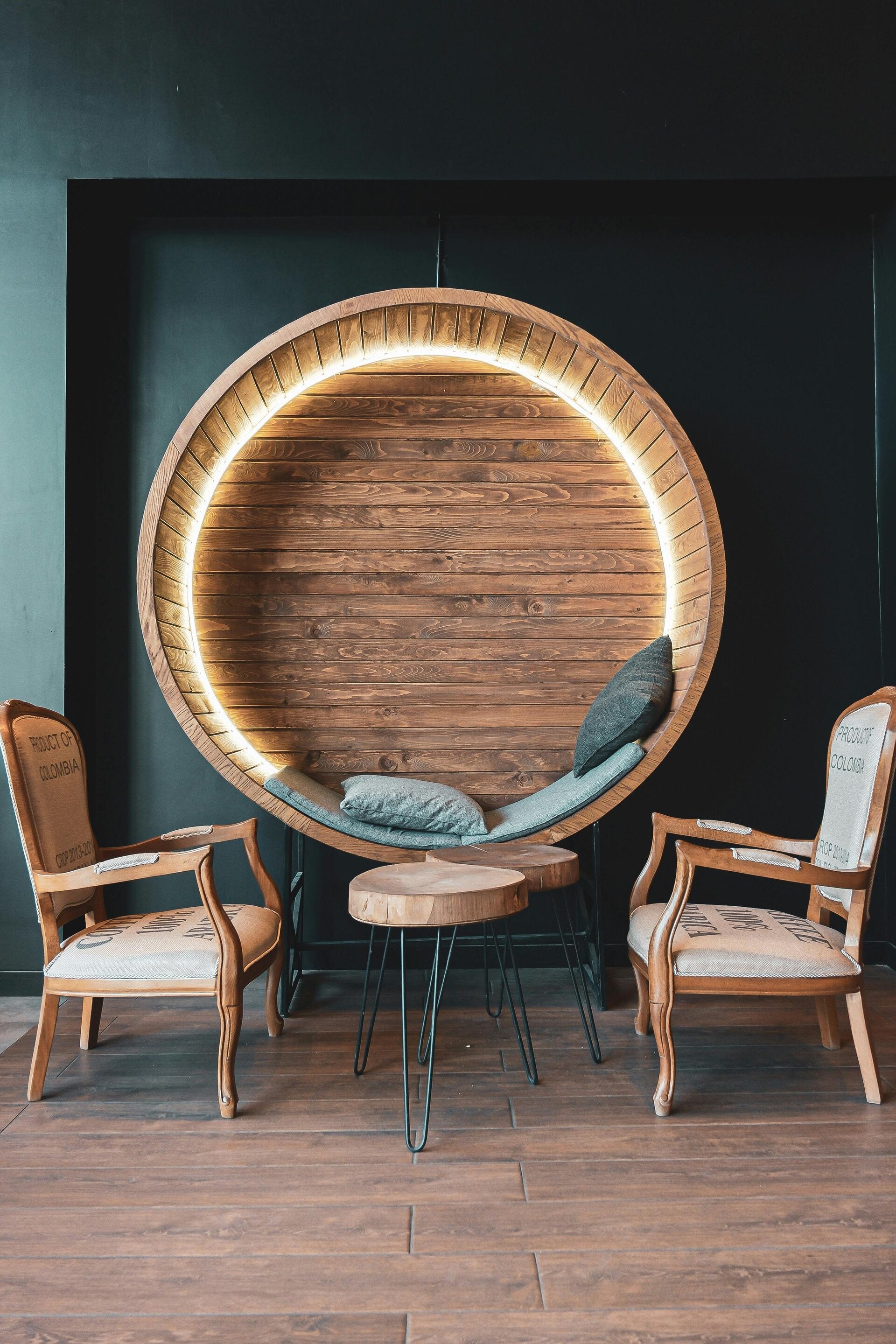
The Art of Slow Living in Interior Design
How to create a home that feels calm, intentional, and beautifully lived-in
Slowing Down
In a world that rewards speed, our homes have also become a place we tend to rush through instead of the place we return to.
slow living invites us to shift that rhythm, to design spaces that support presence rather than a performance.
It’s not about owning less or doing nothing; it’s really about moving through your space with awareness, savoring texture, light, and stillness.
Quick design trends fade. Slow interiors last.
Instead of filling a space in one weekend, slow design asks questions:
-
What story do I want this room to tell?
-
What materials feel grounding in my hands?
-
What light makes me exhale?
Choosing our pieces intentionally, waiting for the right art, sourcing sustainably, or restoring instead of replacing really brings depth to a home.
It’s patience turned into atmosphere.
Flow Over Filler
The flow of a room is set by how it moves. The way you can move from one space to another, the area between items and the arrangement of items creates a certain energy in your home.
Instead of filling every inch, slow design allows for breathing space, clear surfaces, thoughtful pathways, furniture chosen for conversation, not just symmetry.
It’s in this simplicity that you start to notice the little things: how morning light moves across a wall, or how your music feels in a now, uncluttered room.
Flow is the physical expression of calm. It’s how you can feel design rather than just see it.
Slow living is how you can turn everyday moments into quiet rituals, lighting a candle before work, making coffee without hurry and actually sitting to enjoy it, opening your curtains to welcome in light.
When your home supports these pauses, it starts to guide your pace.
Design becomes less about perfection and more about presence, how it feels to live in your space rather than how it just looks.
Investing in Longevity
Slow design favors timelessness over trends.
Natural materials age gracefully; well-built furniture tells your story for decades.
This isn’t about expensive pieces, it’s about enjoying how your space feels.
A slow home evolves instead of being replaced.
And with that comes the most sustainable design of all: the one you keep, cherish, and live with.
Let your home age with you.
Choose materials that gain character — stone, wood, linen, clay.
Let them tell your story through use, not upkeep.
Fast design wants everything to look new; slow design lets things feel true.
There is so much beauty in imperfect details, they’re proof of a life being lived fully.
Create Space for Stillness
Stillness is design’s most powerful ingredient, and the one most people forget.
When every corner is filled, there’s nowhere for the eye to rest. Nowhere for you to rest.
Start by editing CERTAIN SPACES IN YOUR HOME BY
LeavING blank walls AND Simplify surfaces.
Create small sanctuaries, a reading chair by the window, a tidy kitchen counter, a bedside table with only what brings comfort.
These pauses in your space let the energy move. AND
They invite A SENSE OF calm.
And in those moments of stillness, your home starts to feel LIKE THE PERFECT PIECE OF YOU AND SLOW LIVING.

Redefining Luxury
Luxury used to mean having more, more square footage, more things, more shiny things.. But today, true luxury, for a lot of people isn't about accumulation and expense anymore; it’s about alignment. It’s the comfort of a space that actually fits your life and makes you feel so good. the calm of a morning without rush, the quiet pride of owning less but loving everything you have.
Luxury is time. It’s walking barefoot on warm wood floors, knowing every scratch tells a story. It’s soft light pouring in on a slow Sunday morning. It’s furniture that ages gracefully instead of needing to be replaced. It’s the privilege of peace, of having space, light, and stillness in a world that never stops moving.
A slow home redefines wealth: it values experience over excess. It’s knowing that quality doesn’t have to scream to be felt, that a handmade bowl, a linen curtain, or a reclaimed table can bring more soul than any mass-produced item ever could.
When you design with intention, even simple things such as a well-made mug, a favorite chair, a freshly made bed, feel luxurious.
That’s the beauty of slow living: it teaches us that elegance isn’t what we show, it’s what we feel.


Add comment
Comments